
For those who are thinking, "I want to visit a shrine or temple and have my wishes granted."
In Japan, gods and Buddhas who grant all kinds of wishes—such as love, marriage, business prosperity, health, and academic success—are enshrined all over the country. However, did you know that each shrine, temple, and deity offers different types of blessings?
This article is a guide for residents of Japan and foreign visitors who love Japan, so you can receive the right "blessings" without confusion when visiting shrines and temples for New Year's visits or on your daily rounds.
We will clearly explain how to choose the best spot for your wish according to the type of blessing you seek, as well as the proper etiquette you should know when visiting.
Now, let's go find a power spot that will help your wish come true!
By Type of Blessing! Types and Characteristics of Japanese Shrines and Temples That Grant Your Wishes
First, let's start by learning about the "types" of shrines and temples where the gods and Buddhas who can grant your wishes are enshrined.
1. Matchmaking and Love Fulfillment: Shrines That Govern Good Relationships

List of Japan's Most Famous Matchmaking Spots
Shrine/Temple Name | Reading | Enshrined Deity or Buddha / Characteristics | Location | Map |
| Izumo Taisha | 出雲大社: Izumo Taisha | The representative deity of matchmaking, Okuninushi-no-Okami | Shimane | MAP |
| Jishu Shrine | 地主神社: Jishu Jinja | The representative deity of matchmaking, Okuninushi-no-Okami | Kyoto | MAP |
| Tokyo Daijingu | 東京大神: Tokyo Daijingu | Amaterasu Omikami and other deities equal to those of Ise Jingu. The first Shinto wedding ceremony in Japan was held here | Tokyo | MAP |
| Kifune Shrine | 貴船神社: Kifune Jinja / Kibune Jinja | The deity of water supply, Takaokami-no-Kami | Kyoto | MAP |
2. Business Prosperity and Good Fortune: Inari Shrines, Ebisu, and Other Gods of Wealth
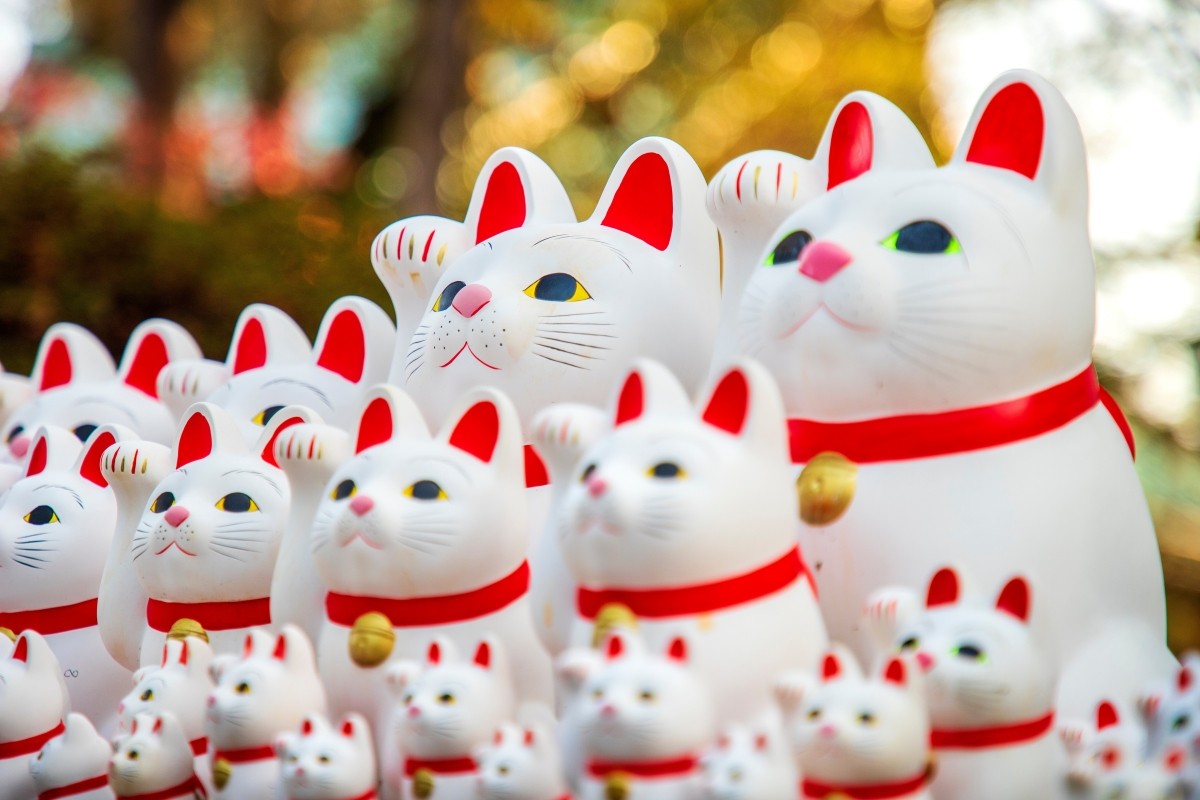
If you wish for business success or financial prosperity, the most representative are "Inari Shrines (Inari Jinja)" or "Ebisu Shrines." Inari Shrines enshrine "Ukanomitama-no-Kami" as the main deity, originally a god of agriculture, but now also believed to bring blessings for business growth and success. Shrines dedicated to "Ebisu," one of the Seven Lucky Gods, are also widely worshipped as deities of fishing and commerce. For increased financial luck, spots where you can perform "money washing" (zeni-arai) rituals are also popular.
List of Japan's Most Famous Spots for Good Fortune and Business Prosperity
Temple/Shrine Name | Reading | Deities Enshrined or Characteristics | Location | URL |
| Fushimi Inari Taisha | 伏見稲荷大社: fushimi inari taisha | The head shrine of approximately 30,000 Inari shrines across Japan | Kyoto | MAP |
| Zeniarai Benzaiten Ugafuku Shrine | 銭洗弁財天宇賀福神社: zeniarai benzaiten ugafuku jinja | It is said that washing money in the spring water here will multiply it many times over | Kanagawa, Kamakura | MAP |
| Nishinomiya Shrine | 西宮神社: nishinomiya jinja | The head shrine of all Ebisu shrines in Japan | Hyogo | MAP |
| Kanda Myojin | 神田明神: kanda myojin | Enshrines Daikoku and Ebisu. Said to bring blessings for matchmaking and also for Information Technology and digital success | Tokyo | MAP |
3. Academic Success and Exam Prayers: "Tenmangu" and "Tenjin" Shrines Dedicated to Sugawara no Michizane

If you wish for success in entrance exams, qualification tests, or improvement in your studies, aim for a shrine with "Tenmangu" or "Tenjin" in its name. All of these enshrine Sugawara no Michizane, a scholar from the Heian period who later came to be revered as the "God of Learning." Because Michizane loved plum blossoms, Tenmangu shrines are known for having many plum trees, and it is also characteristic to find many statues of oxen, which are considered divine messengers.
List of Major Academic Success Spots in Japan
| Temple/Shrine Name | Reading | Deities Enshrined or Characteristics | Location | Map |
| Kitano Tenmangu | 北野天満宮: kitano tenmangu | The head shrine of 12,000 Tenmangu shrines nationwide | Kyoto | MAP |
| Dazaifu Tenmangu | 太宰府天満宮: dazaifu tenmangu | The resting place of the spirit of Sugawara no Michizane | Fukuoka | MAP |
| Yushima Tenmangu (Yushima Tenjin) | 湯島天満宮(湯島天神): yushima tenmangu (yushima tenjin) | Enshrines Tenjin (Sugawara no Michizane) | Tokyo | MAP |
4. Protection from Misfortune and Good Luck: Warding Off Evil and Inviting Fortune

This refers to blessings that ward off bad luck and disasters (yakuyoke) and invite good fortune. Many temples famous for protection from misfortune are Buddhist temples that enshrine "Yakuyoke Daishi" or "Fudo Myo-o" as their principal deity. There are also shrines that enshrine powerful deities said to have calmed epidemics, as well as head shrines of various deities across Japan, which are popular as spots with wide-ranging blessings for good luck.
List of Major Protection from Misfortune and Good Luck Spots in Japan
| Temple/Shrine Name | Reading | Deities Enshrined or Characteristics | Location | Map |
| Kawasaki Daishi Heikenji | 川崎大師平間寺: kawasaki daishi heikenji | A temple known for protection from misfortune, enshrining Kobo Daishi (弘法大師) | Kanagawa | MAP |
| Naritasan Shinshoji Temple | 成田山新勝寺: naritasan shinshoji | Principal deity is Fudo Myo-o, brings blessings for avoiding disasters | Chiba | MAP |
| Yasaka Shrine | 八坂神社: yasaka jinja | Enshrines Susanoo-no-Mikoto. Also famous for matchmaking blessings | Kyoto | MAP |
| Sarutahiko Shrine | 猿田彦神社: sarutahiko jinja | Known as the "Path-Opening" deity who guides things in a good direction. Recommended for those starting something new or feeling lost | Mie | MAP |
5. Health, Longevity, and Recovery from Illness: Healing Deities such as Yakushi Nyorai

This blessing is for the healing of illness and the wish for lasting health and longevity. Sukunahikona-no-Mikoto, who worked alongside Okuninushi-no-Mikoto in the creation of the nation, is known as the deity of health who spread the knowledge of medicine. Temples that enshrine Yakushi Nyorai, the Buddha of Medicine who is worshipped as a healer of illness, are also representative examples.
List of Japan’s Representative Spots for Health, Longevity, and Recovery from Illness
| Temple/Shrine Name | Reading | Enshrined Deities or Buddhas / Features | Location | Map |
| Sukunahikona Shrine | 少彦名神社: Sukunahikona Jinja | Enshrines Sukunahikona-no-Mikoto, as the name suggests, and is known as the deity of medicine | Osaka | MAP |
| Yakushiji Temple | 薬師寺: Yakushiji | Enshrines Yakushi Nyorai, the Buddha of Medicine, as the principal image. Built to pray for recovery from illness | Nara | MAP |
| Nishi-Arai Daishi | 西新井大師: Nishi-Arai Daishi | The principal image is the Eleven-Faced Kannon statue, said to have been carved by Kobo Daishi to save villagers suffering from epidemics | Tokyo | MAP |
| Togenuki Jizo-son Koganji Temple | とげぬき地蔵尊高岩寺: Togenuki Jizo Koganji | Believed to bring blessings for recovery from illness and longevity. The “Arai Kannon” (Washing Kannon) is said to heal the part of the body that is washed with water | Tokyo | MAP |
6. Safe Childbirth and Conception: Deities of Child Rearing
This blessing is for conceiving a child and for the safe and healthy delivery of both mother and child. Shrines such as Suitengu (note: there are shrines with the same name throughout Japan), which enshrine sea deities believed to protect safe childbirth, and temples that enshrine Kishimojin, a Buddhist goddess worshipped as a deity of child rearing, are well known. There are also many shrines with the word “Koyasu” (easy childbirth) in their names.
List of Japan’s Representative Spots for Safe Childbirth and Conception
| Temple/Shrine Name | Reading | Enshrined Deities or Buddhas / Features | Location | Map |
| Suitengu Shrine | 水天宮: Suitengu | Enshrines Amenominakanushi-no-Okami, the ancestor of the Japanese deities | Tokyo | MAP |
| Sumiyoshi Taisha | 住吉大社: Sumiyoshi Taisha | Also known for other blessings, but is especially famous for prayers for safe childbirth due to the legend of Empress Jingu receiving divine favor for safe delivery | Osaka | MAP |
| Tagata Shrine | 田縣神社: Tagata Jinja | Enshrines Mitoshi-no-Kami, the deity of rice harvest, and Tamahime-no-Mikoto. Also famous for enshrining a male symbol | Aichi | MAP |
| Kishimojin Hall | 鬼子母神堂: Kishimojin / Kishibojin | Enshrines Kishimojin, a Buddhist goddess known for having many children | Tokyo | MAP |
7. Victory and Martial Luck: Hachiman Shrines, etc.
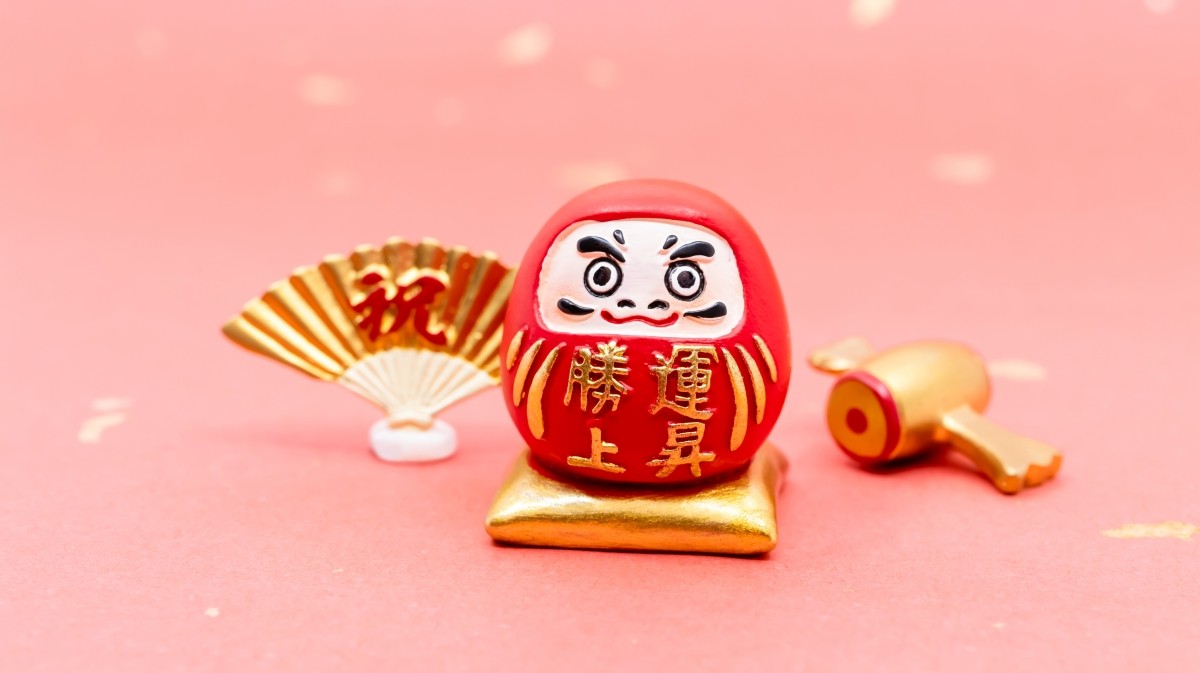
This is a blessing for "certain victory," such as winning in sports, succeeding in difficult work, or passing an exam. The most representative is Hachimangu Shrine, which has been widely worshipped as the guardian deity of samurai. In particular, Deity of Hachiman, also known as Emperor Ojin, as well as the deities of Kashima Jingu and Katori Jingu, who are considered gods of martial arts, are visited by those wishing to improve their luck in competitions.
List of Japan’s Representative Spots for Victory and Martial Luck
| Shrine/Temple Name | Reading | Enshrined Deities or Buddhas / Characteristics | Location | Map |
| Usa Jingu, Head Shrine of Hachiman | 八幡総本宮 宇佐神宮: Hachiman Sōhongū Usa Jinja | The head shrine of about 40,000 Hachiman shrines nationwide | Oita | MAP |
| Kashima Jingu | 鹿島神宮: Kashima Jingu | Enshrines Takemikazuchi-no-Okami, the god of the founding of Japan and martial arts | Ibaraki | MAP |
| Katori Jingu | 香取神宮: Katori Jingu | Enshrines Futsunushi-no-Okami, a god of martial arts who also appears in the Nihon Shoki. The head shrine of 400 Katori shrines nationwide | Chiba | MAP |
| Tsurugaoka Hachimangu | 鶴岡八幡宮: Tsurugaoka Hachimangu | Founded in Kamakura by Minamoto no Yoritomo, it is known as a shrine for victory and success in life | Kanagawa, Kamakura | MAP |
8. Cutting Off Bad Ties: Enkiri Shrines and Temples
In recent years, "enkiri" (cutting off bad ties or bad relationships) shrines and temples have become a hot topic. Enkiri is considered an important ritual to sever bad relationships, bad habits, or illnesses, and to invite new and good connections (enmusubi). It is believed that by taking this step, you can start a better life.
List of Japan’s Representative Enkiri Spots
| Shrine/Temple Name | Reading | Enshrined Deities or Buddhas / Characteristics | Location | Map |
| Toyokawa Inari Tokyo Betsuin | 豊川稲荷東京別院: Toyokawa Inari Tokyo Betsuin | Kanou Inari Sonten, located at the back left of the main hall, is said to be effective for cutting off bad ties | Tokyo | MAP |
| Yasui Konpiragu | 安井金毘羅宮: Yasui Konpiragu | Since Emperor Sutoku, the main enshrined deity, once secluded himself at Kotohira-gu in Sanuki (present-day Kagawa Prefecture) to cut off all desires, this shrine has long been worshipped as a place to pray for severing ties. The Enkiri Enmusubi Stone is famous | Kyoto | MAP |
| Tokeiji | 東慶寺: Tokeiji | Until the Meiji era, it served as a "temple for the salvation of women." Women who fled to Tokeiji could obtain a divorce from their husbands | Kanagawa, Kamakura | MAP |
[Easy Illustrated Guide] Proper Manners and Etiquette for Visiting Shrines and Temples
It is very important to learn the proper manners for visiting shrines and temples in order to fully receive their blessings and show respect for the culture.
First things first! The basic differences between a shrine and a temple
| Category | Shrine | Temple |
| Religion | Shintoism | Buddhism |
| Entrance | Torii gate | Sanmon gate |
| Object of Worship | Kami (God) | Hotoke (Buddha) |
| Worship Method | Two bows, two claps, one bow (explained in detail below) | Gassho (palms together) |
The process of worship and the right mindset: Silence and respect are the first steps to receiving blessings

At Japanese shrines and temples, the most important thing is to quiet your mind and greet the deities or Buddhas with sincerity. These are not tourist attractions, so please act quietly and respectfully.
Are you someone who only thinks about making wishes when you visit? That is like contacting an acquaintance only when you need something, even though you are not close. When you stand before the gods or Buddhas, it is most important to begin with gratitude for your daily life.
| Manners | Detailed Etiquette and Mindset |
| Torii / Sanmon Gate | Stop and bow once before passing through. At shrines, the center of the path is considered the "path of the gods," so walk along the edge instead of at the center. |
| Chozuya (Purification Fountain) | This is where you purify your hands and mouth. Scoop water with the ladle, wash your left hand, then your right hand, then rinse your mouth lightly, following this order. Finally, rinse the handle of the ladle before returning it. |
| Mindset | Keep your mind calm and be aware that you are in a sacred place. |
| Bell | When ringing the bell, do so calmly and avoid making loud noises. This is a signal to announce, "I am here to worship, salutation." Generally, at shrines the bell is rung twice, and at temples the Waniguchi (鰐口 - temple bell) is rung three times. |
| Important Notes | Never enter areas that are roped off or marked as off-limits. Also, never take photos in places where photography is prohibited, such as inside the main hall of a shrine or in front of Buddhist statues. If a wedding ceremony is taking place, offer your congratulations in your heart. |
The proper amount and etiquette for offering coins ("Osaisen") with your wishes

Osaisen refers to the money you offer with gratitude and wishes for blessings.
- About the amount: The amount is less important than your feeling of gratitude, so offer what you can comfortably afford. In Japan, it is believed that offering a 5-yen coin brings good fortune, as "5 yen" (go-en) is a homophone for "good connection" (ご縁).
- Etiquette: When you reach the main hall, quietly make your wish in your heart and gently place your offering in the box with gratitude. Avoid throwing coins or making loud noises.
For a memorable visit! How to enjoy Omamori, Ema, and Goshuin
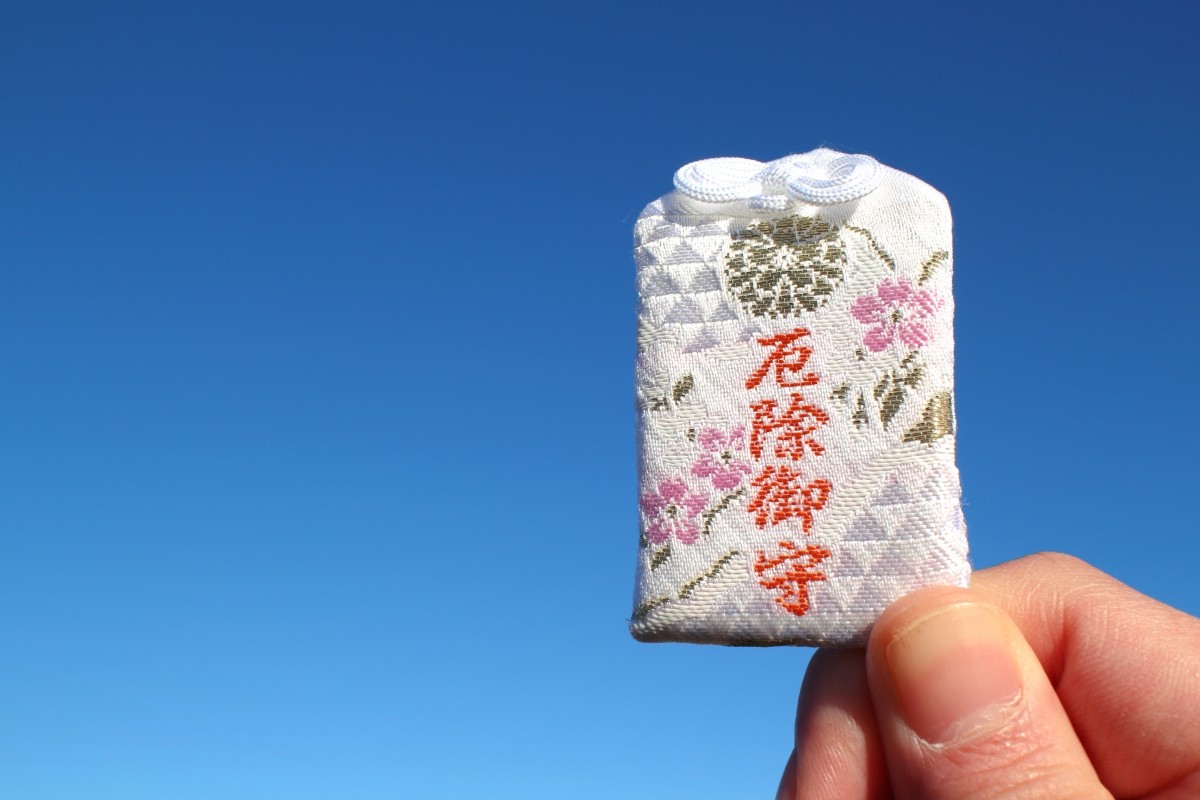
- Omamori (お守り): These are pouches made of cloth or wood, each containing different blessings. Wear them until your wish comes true, and generally replace them with a new one after a year.
- Goshuin (御朱印): This is a calligraphic seal you receive as proof of your visit. Be sure to complete your worship before requesting one. They are beautiful as works of art and have become popular among travelers from many countries in recent years, but originally, they were given as proof of having copied and dedicated sutras. Please remember that it is a sign of your connection with the gods or Buddhas, and avoid treating it like a stamp rally.
- Ema (絵馬): These are wooden plaques on which you write your wishes and dedicate them. In Japanese, "Ema" is written with the characters for "picture" (絵) and "horse" (馬). Originally, people offered live horses to the gods, and this custom evolved into dedicating wooden plaques. Write your wish carefully as it is an important message to the gods.
Let’s visit Japan’s shrines and temples, where history and culture are deeply rooted
Japanese shrines and temples are not just sightseeing spots. They are places deeply connected to history and people’s daily lives, rich in culture, and serve as special spaces to purify your heart and reflect on yourself.
By learning about the types of blessings you can receive and the proper etiquette introduced in this article, you can visit a special place that matches your wishes. To plan your next trip to Japan, why not start by listing your own wishes?

Supervised by: Mayuko Kono
Executive Officer, General Manager of Regional Exchange and Co-Creation Department, JTB Tourism Research & Consulting Co.
Specialties: Tourism planning and strategy development, accommodation and tourism facilities, tourism crisis management, cultural properties and museums, revitalization of shrines and temples
Profile: Graduated from the University of Tokyo, Faculty of Letters, majoring in Art History in 2000. After working at a travel agency, completed a master’s program in World Heritage Studies at the Graduate School of Art, University of Tsukuba. Has held her current position since April 2006.
A community-based consultant who supports the creation of strategies for tourism promotion utilizing local resources, based on detailed data. Member of the Society for Cultural Resources Studies, Master of World Heritage Studies.
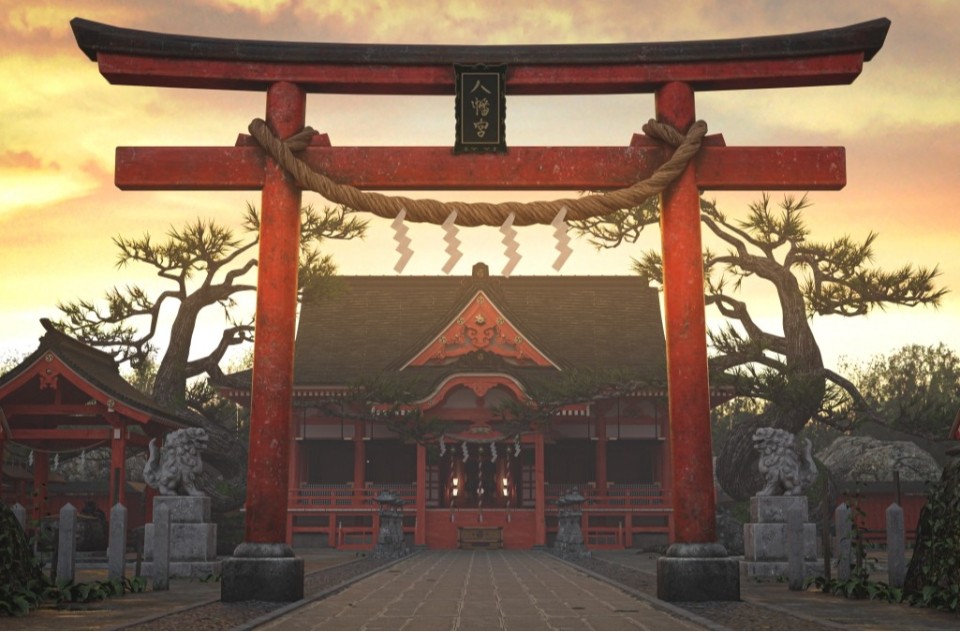
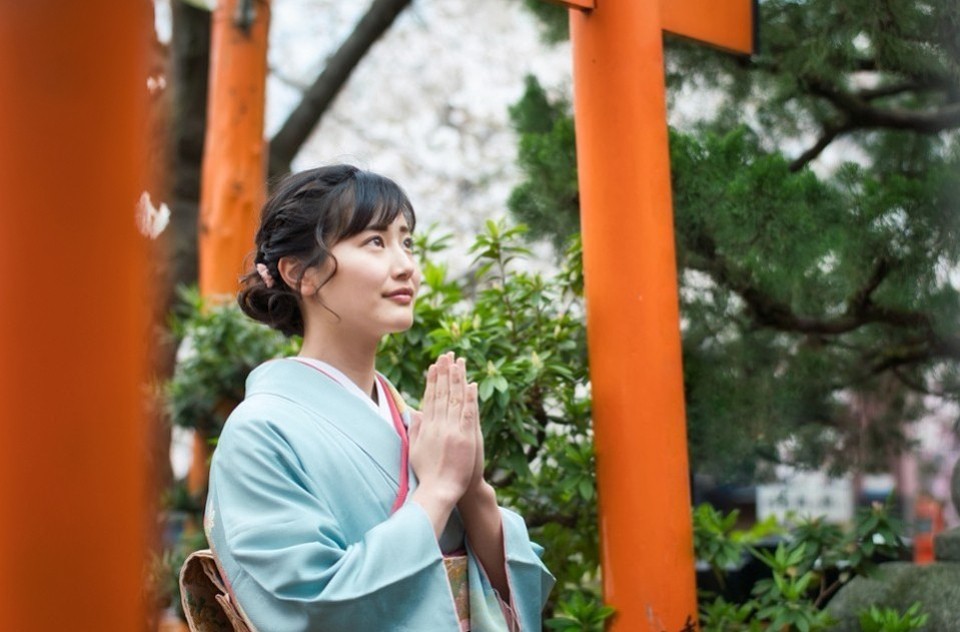


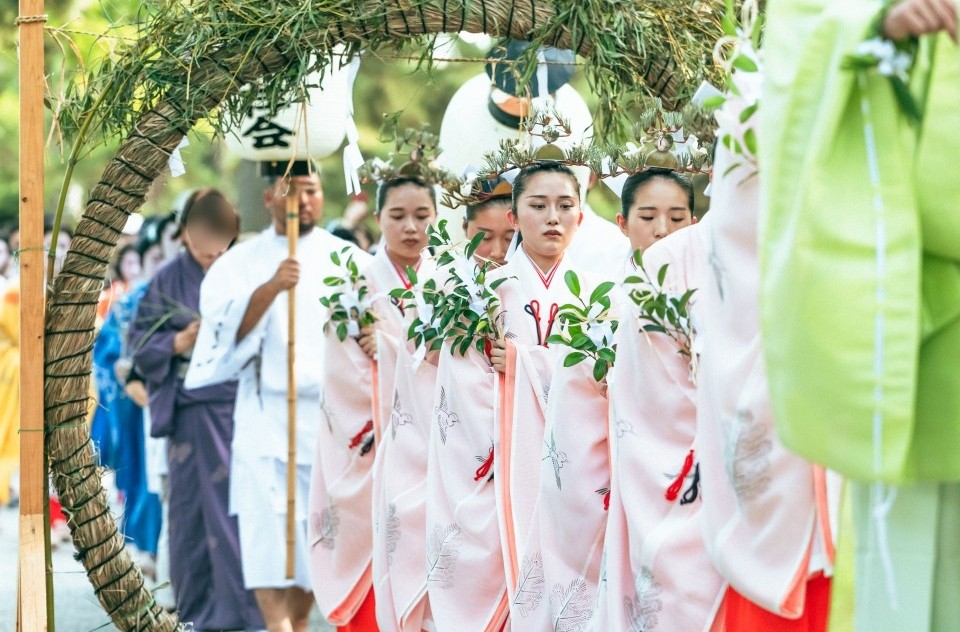
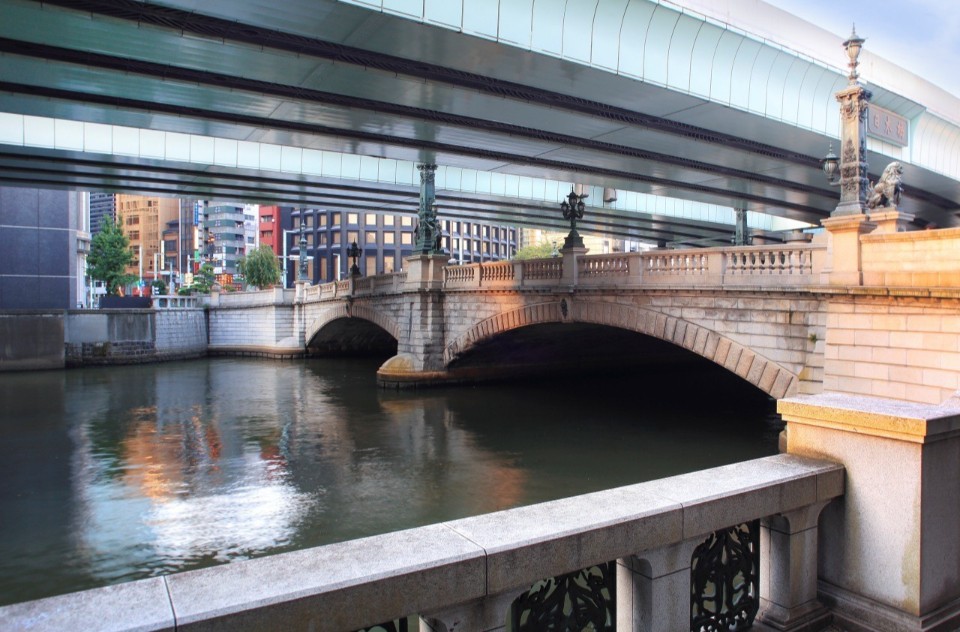
Comments